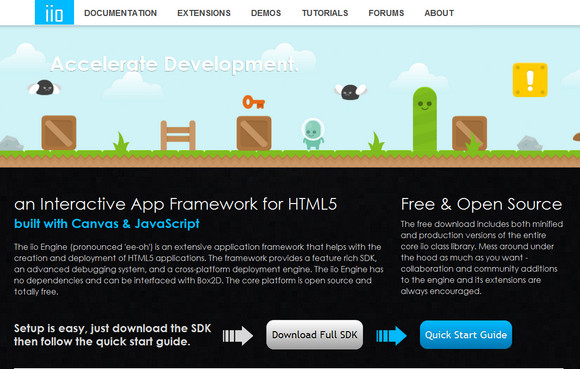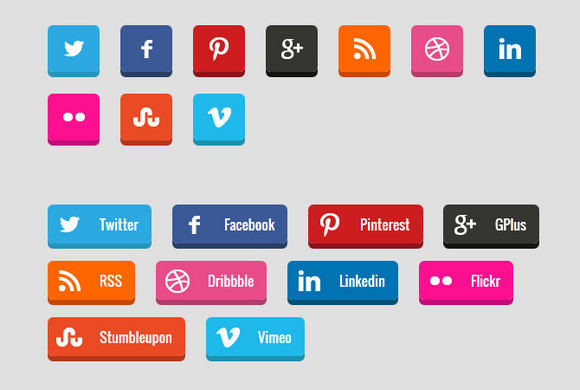Multiplayer and browsers
When you consider making multiplayer games, there are many methods available for creating a game that friends can play online. There is a good variety of multiplayer game types – take for example a card game you play synchronously with friends. Turns are made, information is exchanged in (semi) real time and the game progresses in discrete steps. Another example, Chess, can be asynchronous. Players take their time, contemplating possible actions and play their next move one week from now. These types of multiplayer games exist in browsers, and have for a long time. The nature of the browser itself makes it easy to make semi real time games, but we want more-visceral real time action.
Card games and Chess both usually require communication with a server and communication with the other players in order to work online. This is the foundation of a multiplayer experience to be possible – and for a long time this has existed via HTTP, where POST and GET have always been used to manage games.
The trouble with these methods is the delay, posting a message and waiting for a response each time is just too slow. It works for the semi real time and asynchronous games, but real time games require messages sent and received sometimes in the region of 33~66 times per second, something that is not quite possible with HTTP alone.
Luckily, in modern browsers we can take one step higher, and have a real time connection between a server and clients. The purpose of this discussion is to present one overview of how multiplayer games are made. We will look at input prediction, lag compensation, client interpolation and more importantly – how to do this in your normal browser using websockets. The article will present a playable demo with parameters to play with, showcasing the concepts discussed.
The technologies that we have chosen and why
Socket.io
socket.io is a powerful and flexible server-side and client-side component that enables real time networking in your browser. Not only does it support newer technologies like web sockets, but it also falls back safely onto a Flash networking layer, XHR or JSON long polling and even an HTML file transport layer. Most appealing about it perhaps is the simplicity and inherently asynchronous nature it brings, which is extremely useful when writing server and client code.
Another benefit of using socket.io is the fact that it ties into Node.js seamlessly. When coupled with Express, on connection, it can serve the client-side includes, game files, and data, making the integration clean and easy. Once you set it up, the amount of code between first connection and communication with a client is nothing short of amazing. And it would work in all browsers, mobile included.
Read the rest of this entry »









